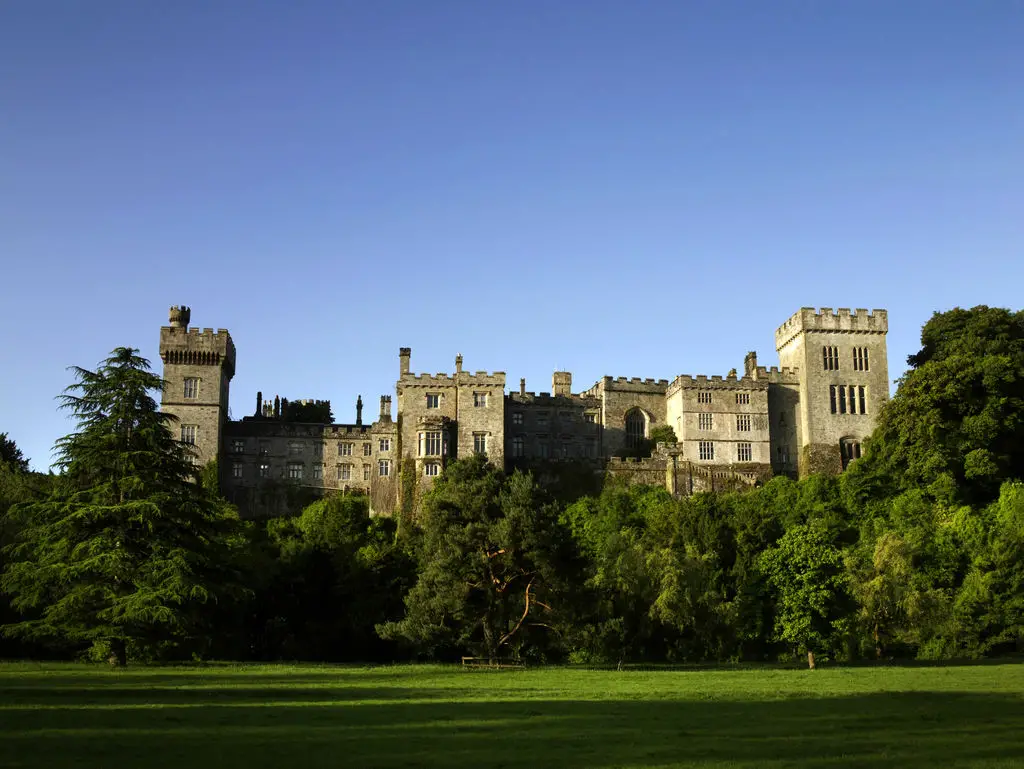Ireland’s Ancient East in Waterford – Stay in budget hotels
With the outstanding success of the Wild Atlantic Way, Ireland’s tourism board, Fáilte Ireland are now promoting a similar initiative, Ireland’s Ancient East. The Ancient East goes from Carlingford in Ireland’s north-east through Newgrange and the Boyne Valley in Meath down to Waterford’s Viking Quarter before ending in Youghal in County Cork. Including the vast number of historical and cultural attractions that are in the east and south, Ireland’s Ancient East has four main sections divided over 5,000 years of Irish history. Visitors to Ireland can now experience Ancient Ireland, Early Christian Ireland, Medieval Ireland and Anglo Ireland.
We thought we’d look at what Ireland’s oldest city, Waterford, has to offer in their part of Ireland’s Ancient East and pick out three highlights. That wasn’t an easy job as both city and county have a lot to offer but if you base yourself at a good budget hotel like Travelodge Waterford Hotels you can prepare yourself for Ireland’s Ancient East in Waterford.
Ardmore in County Waterford
When it comes to ancient Ireland, Ardmore is a real ‘A’ and the round tower in this County Waterford village, where St. Declan established a monastery, is its highlight.
The round tower in Ardmore stands tall, guarding Ardmore Bay, and has done since it was built in the 1100s. It’s one of the best preserved round towers in Ireland, one of many built to fend off the depredations of the Vikings along the Irish coast who were trying to pick off the riches of monasteries like the one at Ardmore. The round tower is about 100 feet in height and the door is 16 feet from the ground which didn’t exactly make it easy for the Vikings to attack. It wasn’t just the Vikings however who tried to attack the Ardmore round tower. As late as 1642 it was besieged by English troops under Lord Dungarvan; unfortunately for the garrison when they eventually surrendered, all of them were executed on the spot.
Museum of Treasures in Waterford City
This is the ultimate three for one ticket. The Waterford Museum of Treasures actually comprises three museums, all located near each other in Waterford’s historic city centre, the Viking Triangle.
Reginald’s Tower tells the story of Waterford’s foundation by Vikings (Ragnall or Reginald was the man responsible) in 914 with plenty of interesting exhibits and artefacts in this 12th century tower including Viking armour. The Medieval Museum, just around the corner, is located in what was a 13th century hall and holds some fantastic medieval treasures including the 4-metre-long Great Charter Roll from 1373. The final part of this historical trio is the Bishop’s Palace Museum built in 1743 and host to the rest of Waterford’s history from the 18th century to modern times. This museum holds a rare collection of furniture, silver and, as you’d expect from the city that brought you Waterford Glass, crystal.
Lismore Castle in County Waterford
Lismore Castle is a perfectly maintained private castle not far from Waterford city that commands stunning views of the Blackwater Valley and the Knockmealdown Mountains. Dominating the heritage town of Lismore and almost fairy tale like in its appearance, it’s the Irish home of the Duke of Devonshire and there’s been a fortification on this site since 1185. When you visit Lismore, you can really understand why Elizabethan poet, Edmund Spenser, is said to have written ‘The Faerie Queen’ at the castle.
Lismore Castle is only open to the public occasionally during the year but is available to rent for special occasions like weddings when the family are not in residence. The gardens however are open to all during the tourist season and are worth a visit on their own. The Upper Garden is a beautiful 17th-century walled garden while the Lower Garden is a great example of the best of 19th century gardening theory. There is also an art gallery which has a running programme of exhibitions through the year.


Comments
Leave a Comment